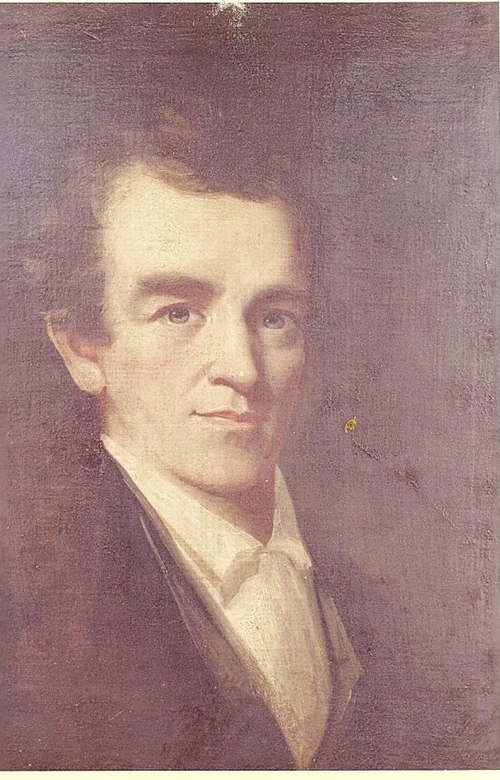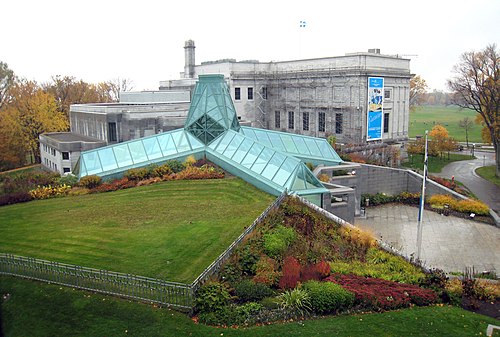
James Bowman
1793
- 1842
James Bowman (c. 1793 – May 18, 1842) was an American itinerant artist and portrait painter. He was born in Allegheny County, Pennsylvania near Pittsburgh. Sometime between 1813 and 1815, James Bowman went to Chillicothe, Ohio, to learn to be a carpenter. There he met the itinerant painter Mr. J. T. Turner who taught him the rudiments of portrait painting (such as mixing paints). He gained considerable success when he started out professionally, painting in Pittsburgh and other communities in the early 1820s. He traveled to Philadelphia to learn from the masters there, but as a beginning artist could not make a living in that more cosmopolitan and competitive environment and became an itinerant portrait painter instead.
James Bowman was the earliest professional artist in Erie, Pennsylvania, painting there in 1817. According to Elizabeth Kelly, he painted portraits of the "early Erie aristocracy" and "… the fact that all of these prominent people had their portraits painted by Bowman indicates that they felt a real need to preserve their likenesses for posterity. The fact that Bowman spent such a brief time in Erie, however, indicates that during the early 1800s, Erie had not yet advanced to a point where it could support a full-time portrait painter." Bowman may also have visited Meadville, Pennsylvania seeking commissions near the same time. An article in the Crawford Weekly Messenger for Thursday July 15, 1830, indicates that the "now celebrated Bowman" painted portraits in Meadville in 1816. By 1822 Bowman was painting in the Washington, D.C., area. The biography reprinted from the Literary Cadet states how he hoped to become "patronized and protected by those guardians of the country—the members of congress… That year he exhibited a Portrait of a Gentleman at the Pennsylvania Academy of the Fine Arts in Philadelphia and painted a portrait of Edward Stabler, a Quaker and apothecary in Alexandria, Virginia. Through a wealthy contact in Alexandria Bowman may have gained patronage with citizens of that town, including William Cranch, a judge and cousin of John Quincy Adams, whose portrait he painted.
Source :
Wikipedia
Filter




